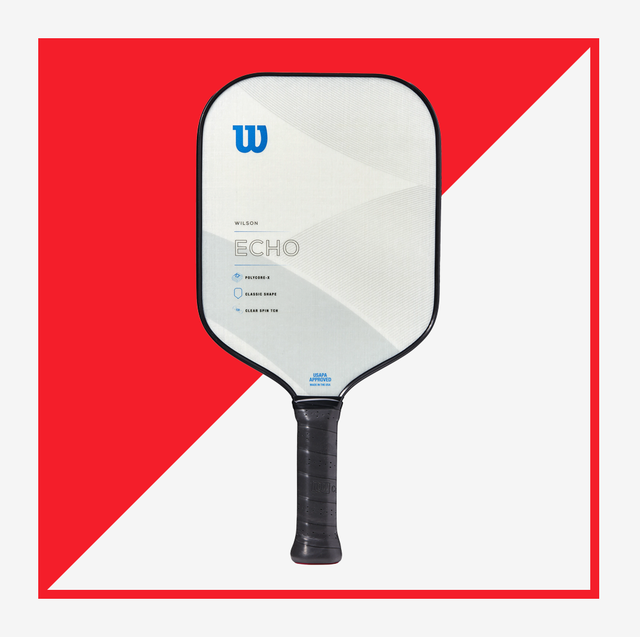
Courtesy of Retailer
PICKLEBALL IS taking the country by storm. According to the Sports and Fitness Industry Association, the number of people playing pickleball is estimated to be around 4.8 million, which is double the number from five years ago. What this data also tells us is pickleball is now officially the fastest-growing sport in America. However, those familiar with the game might remember playing it way back in gym class or at a summer camp—pickleball is no spring chicken, the sport was actually invented in 1965.
As far as pickleball equipment goes the gear has seen rapid innovation in the past several years, especially when it comes to pickleball paddles. We spoke with Ben Johns, the #1 professional pickleball doubles player in the Professional Pickleball Association (PPA) to get his take on what to look for in a paddle. “The right time to upgrade your paddle is usually when you find yourself wanting to improve your skills as a player, as opposed to just playing for fun every now and then,” Johns tells Men’s Health. “The key features you want to look for are weight, dimension, and material.”
Ahead is a curated list of the best pickleball paddles on the market in early 2023, tested by Men’s Health‘s editors and writers. At the end of this list, you’ll also find the best advice on how to find the right pickleball paddle, with expert advice from our panel of pickleball advisors. Ready to take your game to the next level?
Best Pickleball Shoes | Best Compression Shorts | Best Compression Socks | Best Workout Headphones | Best Pickleball Balls | Best Walking Shoes | Best Fitness Smartwatches | Best Bluetooth Speakers | Best Workout Clothes for Men | Best Workout Shirts | Best Gym Shorts
Advertisement – Continue Reading Below
Advertisement – Continue Reading Below


Comments are closed.